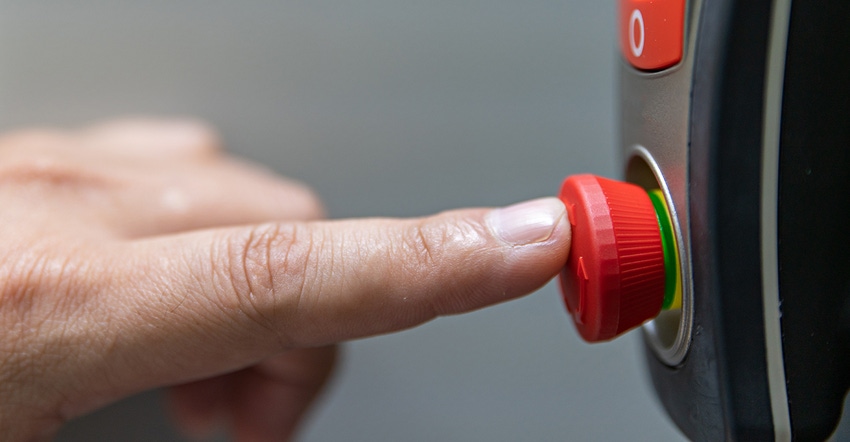The Troubleshooter: How to Prevent Common Failure Modes in Injection Molding
Establishing an effective preventive maintenance system and monitoring key process data can prevent unplanned downtime and erosion of already slim profit margins.
June 20, 2023

Establishing a successful plastic injection production system requires effective machine maintenance. Downtime caused by unplanned maintenance can cause huge scheduling, production, and logistical problems, adding to the cost to produce parts and taking away from an already slim profit margin. This article will outline some of the failure modes companies slip into, as well as define some basic requirements needed to establish an effective preventive maintenance system. It will also provide key process monitoring data that can help to identify problems as they develop to help plan maintenance events in advance to decrease downtime.
Screw and barrel
Properly inspecting screws and barrels is paramount to controlling a validated process. Screws should be pulled every six months to measure flights, barrel inner diameter, and the screw shank, especially in the compression/transition zone. This is especially important when running fiberglass/metal-based materials that cause premature wear because of the nature of their structure. Key process monitoring variables that help identify changes in screw performance might be an inconsistent cushion greater than 0.05" or fill time variability in excess of 0.20 seconds. Part weight fluctuations greater than +/- 1.5% can also point to screw and barrel wear.
Clamp performance
Poorly maintained clamps can also be detrimental to maintaining consistent processes. Clamp components such as bushings, pancake sensors, linear transducers, and self-lube systems and lines should be inspected monthly for wear and proper operation. Clamp parallelism should be checked every six months, or sooner if abnormal flash events occur during a validated process. Signs that might show poor clamp performance may include the inability to reach or maintain clamp force/tonnage setpoints, hold pressure during a tonnage event, or maintain consistent mold open times.
Temperature performance
There are three primary contributors to poor temperature performance in a molding process — barrel temperature, mold temperature, and the hot runner. Key inspection factors for each, as well as process monitoring data that should be reviewed for troubleshooting purposes, are as follows:
Barrel temperatures that vary more than 2°F show signs of poor calibration or failing heater bands. In addition, if a zone heats much slower at startup than other zones, this might point to heater band failure. In most cases, barrel temperature actuals should reflect no more than a 1°F variance from setpoint.
Mold temperature fluctuations greater than 3°F should be considered suspect. Mold temperatures and actuals should generally stay constant with no significant differences between actual vs. setpoint. Variations often point to a burnt heater, or a valve sticking open or closed. Regarding process monitoring, gallons per minute (GPM) and process to/from pressures should also be monitored.
Hot runner set points should match actuals. Changing temperature controls from PID to manual should only occur when production needs require it for a short-term basis. Large swings in actual temperatures reveal potential calibration or failing heater issues. It is important to remember that, in most cases, the hot runner is merely an extension of the nozzle into the mold cavity. These temperatures should generally be equal to each other.
The best way to avoid production issues is to plan maintenance events. Use maintenance log data to establish when breakdowns generally occur for each specific event. Then structure preventive maintenance to eliminate unplanned maintenance work. Unplanned events generally lead to chaos planning, expedited parts, and increased downtime. The most effective approach to a successful maintenance program is proper planning to eliminate poor performance.
About the author
Garrett MacKenzie is the owner/editor of plastic411.com and a consultant/trainer in plastic injection molding. He has provided process-engineering expertise to many top companies, including Glock, Honda, Johnson Controls, and Rubbermaid. MacKenzie also owns Plastic411 Services, which provides maintenance and training support to Yanfeng Automotive Interior Systems, IAC, Flex-N-Gate, and other top automotive suppliers. He was inducted into the Plastic Pioneers Association (PPA) in 2019, where he serves on the Education Committee evaluating applications from college students seeking PPA scholarships. You can reach him via e-mail at [email protected].
About the Author(s)
You May Also Like


